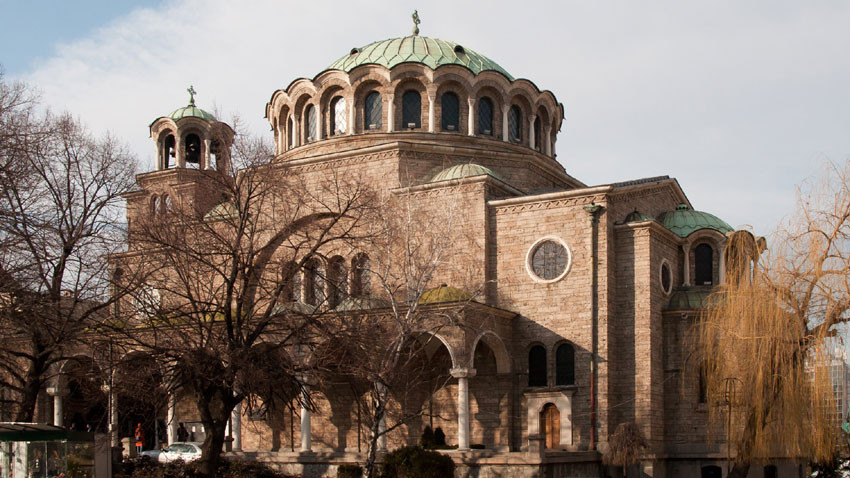
Temples to three religions exists very close to each other downtown Sofia - Christianity, Judaism and Islam. The cathedral church of St. Nedelya stands at the very center of a square that also bears the same name. We learned more about the church from long-time researcher, Assoc. Prof. Hristo Temelski - Director of the Historical and Archival Institute at the Bulgarian Patriarchate. According to him, the church did not originate in the 12th century, as it was previously believed:
“The church is much older. It dates back to the beginning of the 4th century before the official adoption of Christianity. It was created as a secret family church and it is not known what it looked like. Over the centuries it has undergone eight reconstructions. At the end of the 4th century it was rebuilt and became an official city church. During the time of the Asen Dynasty (1187-1280) it was further enlarged. Upon the suppression of the Chiprovtsi Uprising in 1688 it was destroyed and burned down by the Ottomans. At the end of the 17thcentury, around 1698, the church was restored with the help of merchants and two monks of Mount Athos. In 1820, lots of money was spent on overall reconstruction, as the temple had tall stone foundations but its upper part was made of wood. After the Crimean War, in 1856, the citizens of Sofia decided to renovate it once again. In September 1858, when Sofia was rocked by an earthquake, part of the walls collapsed. New funds had to be invested for the reconstruction but they were insufficient. Builder Petar Kazov from Peshtera made a temporary roof and left. Citizens of Sofia collected money and invited master builder Ivan Boyanin. As an architect and builder, he raised the height of the friezes, made a three-dome roof with two small bell towers and kept his promise to complete construction by the Feast of St. Demetrius in 1863. Work on the iconostasis delayed consecration until 11 May 1867.
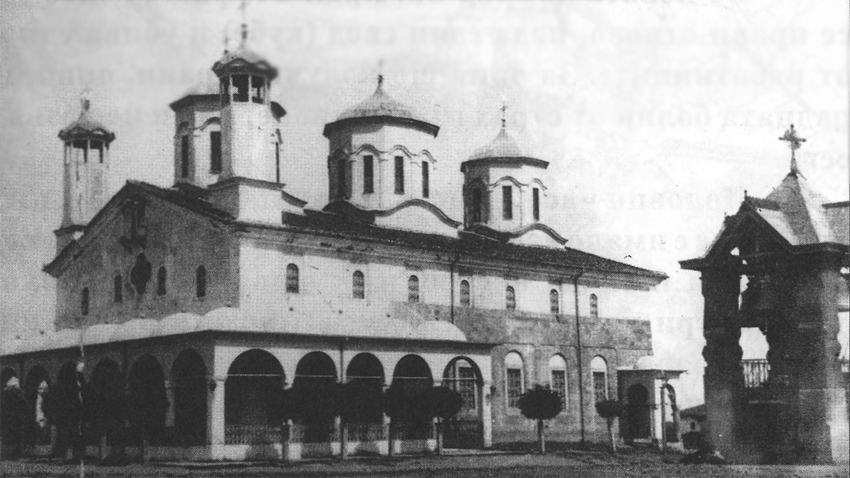
At the end of the 19th century in 1898, the Church Board of Trustees invited young architect Nikola Lazarov to renovate the church, which looked modest with its small windows with iron bars and white walls. He made a radical reconstruction, building a new roof with a central dome, framed by four smaller ones; he built a bell tower and decorated the walls with small bricks.
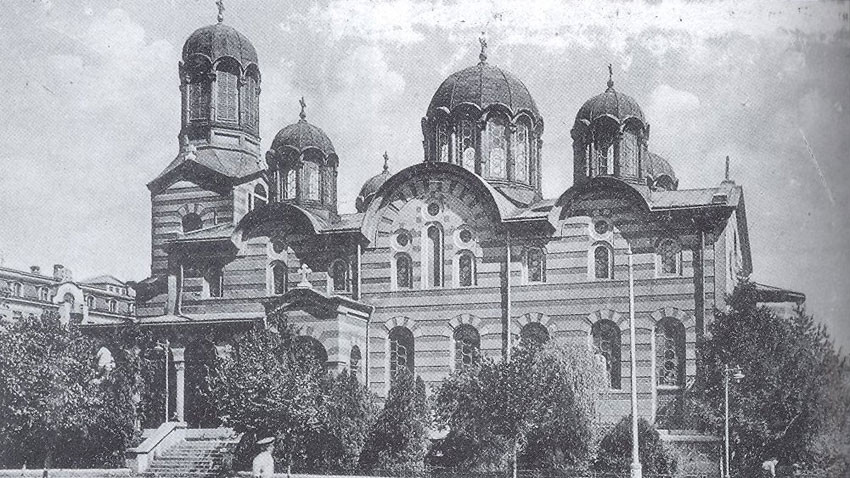
In the communist terrorist attack in April 1925 the blast destroyed part of the roof and the southern wall. In 1933 it was rebuilt as we know it today by architects Tsolov and Vasilyov and was consecrated on April 7th.”
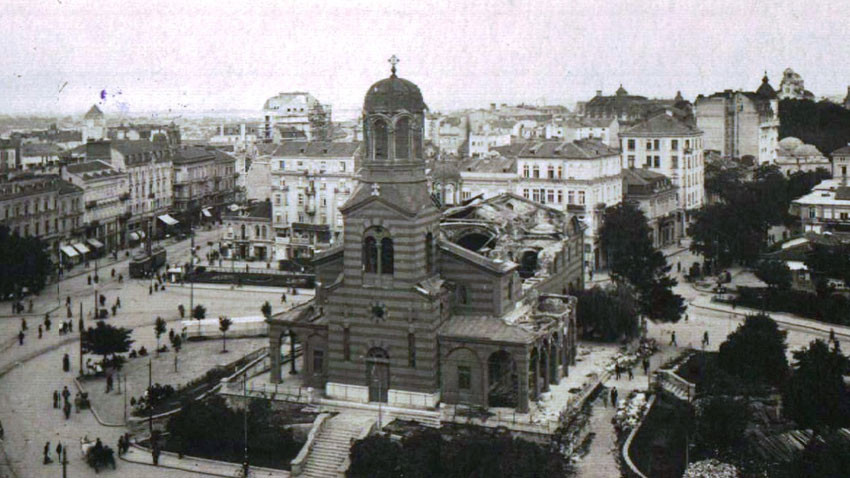
Assoc. Prof. Temelski told us more about the church during the period of the Bulgarian National Revival.
"Woodcarver Anton Stanishev finished the iconostasis in 1865. The great royal icons, which can still be seen today, are work by artist Stanislav Dospevski. An icon from 1857 is also preserved, as an inscription reads Sofia benefactor and entrepreneur Ivan Denkoglu paid for it. The other icons of the iconostasis were made by various icon-painters who due to modesty did not leave their signatures. In1906 the Church Board of Trustees called Ivan Travnicki, a Czech working as a teacher at the School of Painting in Sofia, to make a new iconostasis. He also created a bishop's and a royal throne - preserved to this day. In 1971-73, with the blessing of the late Patriarch Cyril, the temple was painted in full by a team under the direction of Nikolay Rostovtsev (a Bulgarian icon painter of Russian emigrant origin).”
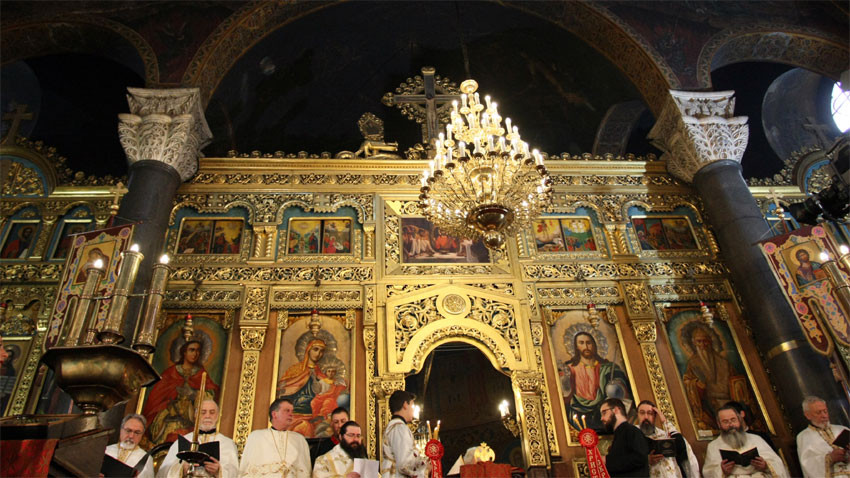
Elderly residents of the Bulgarian capital city also know the church under the name „Sveti Kral” (Holy King) because of the relics of canonized King Stefan Uros II Milutin of Serbia. The relics were brought to Sofia around 1460 and after the reconstruction of the church in the seventeenth century, they were transferred to it and have been preserved there since that time. That is why people called it „Sveti Kral” but the temple has always had the name of "St. Nedelya" and its central throne is dedicated to this martyr, Prof. Temelski says in conclusion.
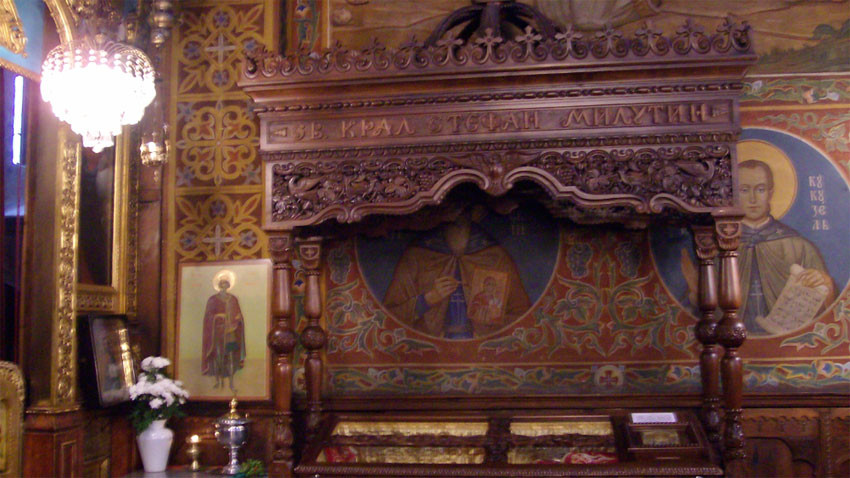
That is why people called it „Sveti Kral” but the temple has always had the name of "St. Nedelya" and its central throne is dedicated to this martyr, Prof. Temelski says in conclusion.
English: Alexander Markov
Photos: wikipedia.org and BGNESToday, the Bulgarian Orthodox Church honors the holy great martyr Varvara - a maiden from a noble family, beheaded for her Christian faith at the beginning of the 4th century. The day is also called Women's Christmas . This name comes from..
On November 30, the Bulgarian Orthodox Church honors the memory of St. Apostle Andrew . In Bulgaria the saint is known as Saint Andrey and the folk holiday as Andreevden . Saint Andrew’s Day gives the start to the series of winter holidays..
The head of the statue of Tyche, the goddess of Philippopolis, has been discovered in the Episcopal Basilica in Plovdiv, said the head of the excavations Lyubomir Merdzhanov. According to him, this is an extremely rare artefact that has been awaited..
Today, the Bulgarian Orthodox Church honors the holy great martyr Varvara - a maiden from a noble family, beheaded for her Christian faith at the..

+359 2 9336 661
